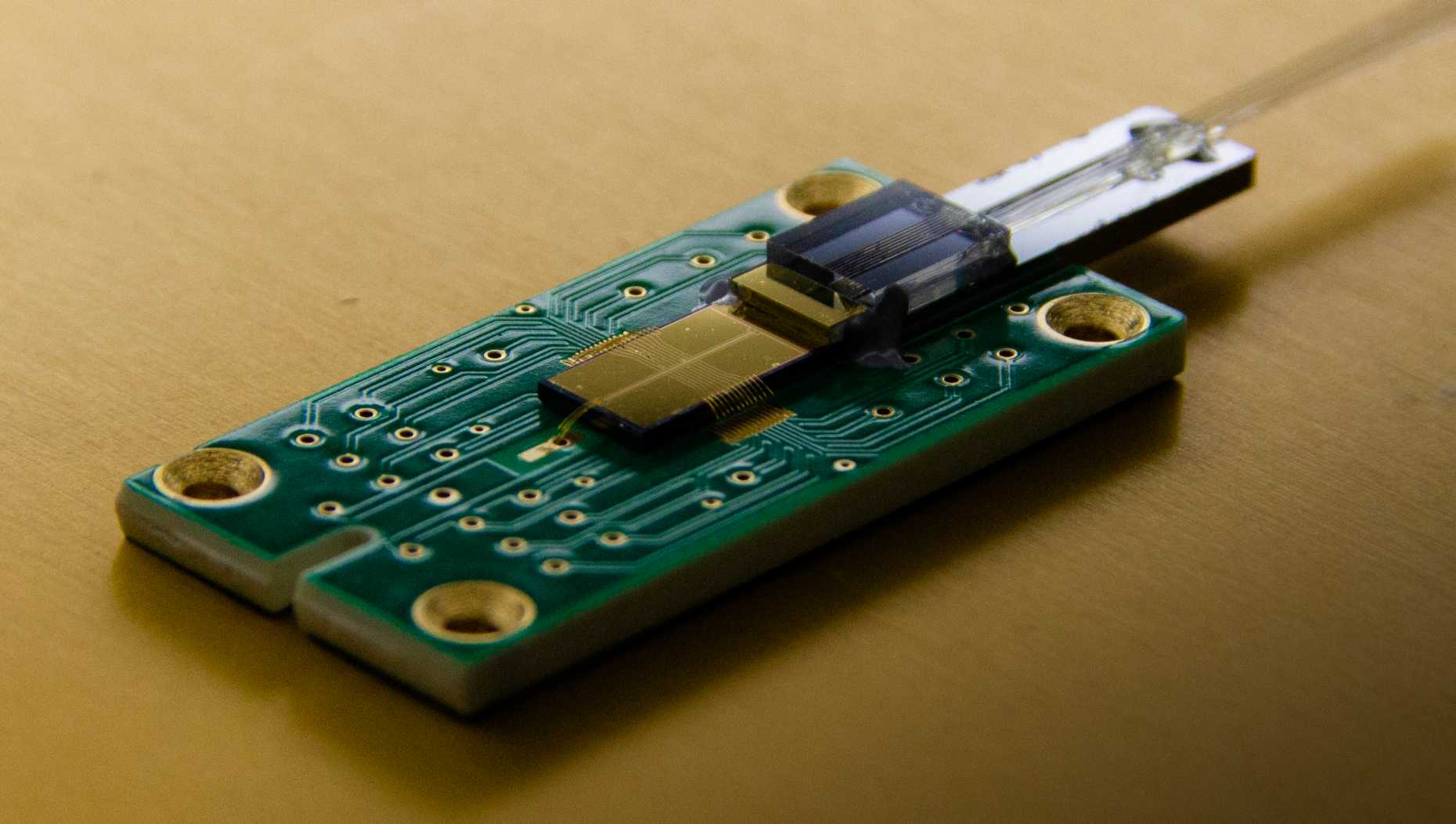
Researchers have demonstrated a new technique for carrying out sensitive quantum operations on atoms. In this technique, the control laser light is delivered directly inside a chip. This should make it possible to build large-scale quantum computers based on trapped atoms.
Hitting a specific point on a screen with a laser pointer during a presentation isn’t easy — even the tiniest nervous shaking of the hand becomes one big scrawl at a distance. Now imagine having to do that with several laser pointers at once. That is exactly the problem faced by physicists who try to build quantum computers using individual trapped atoms...
Read More








Recent Comments